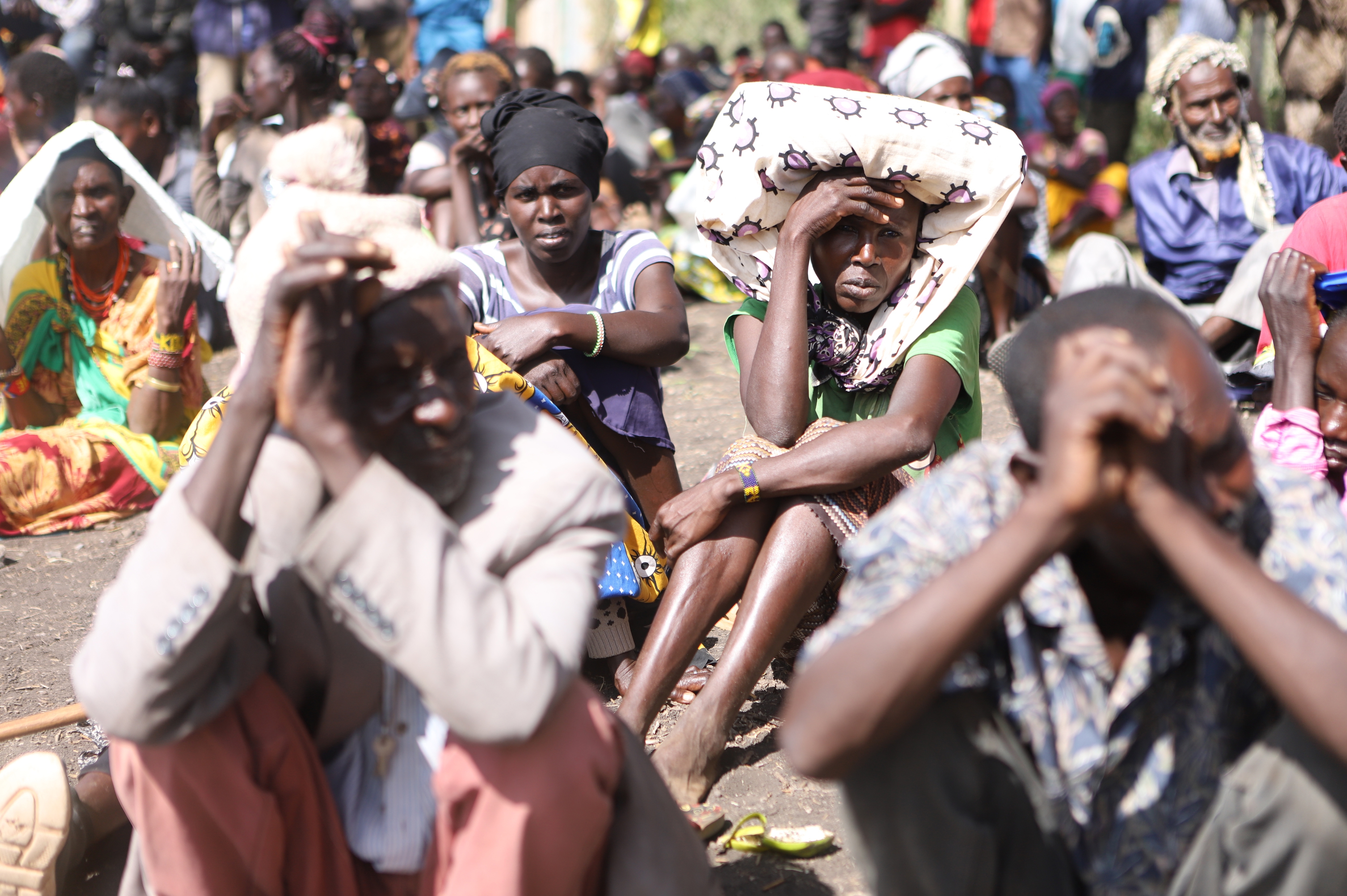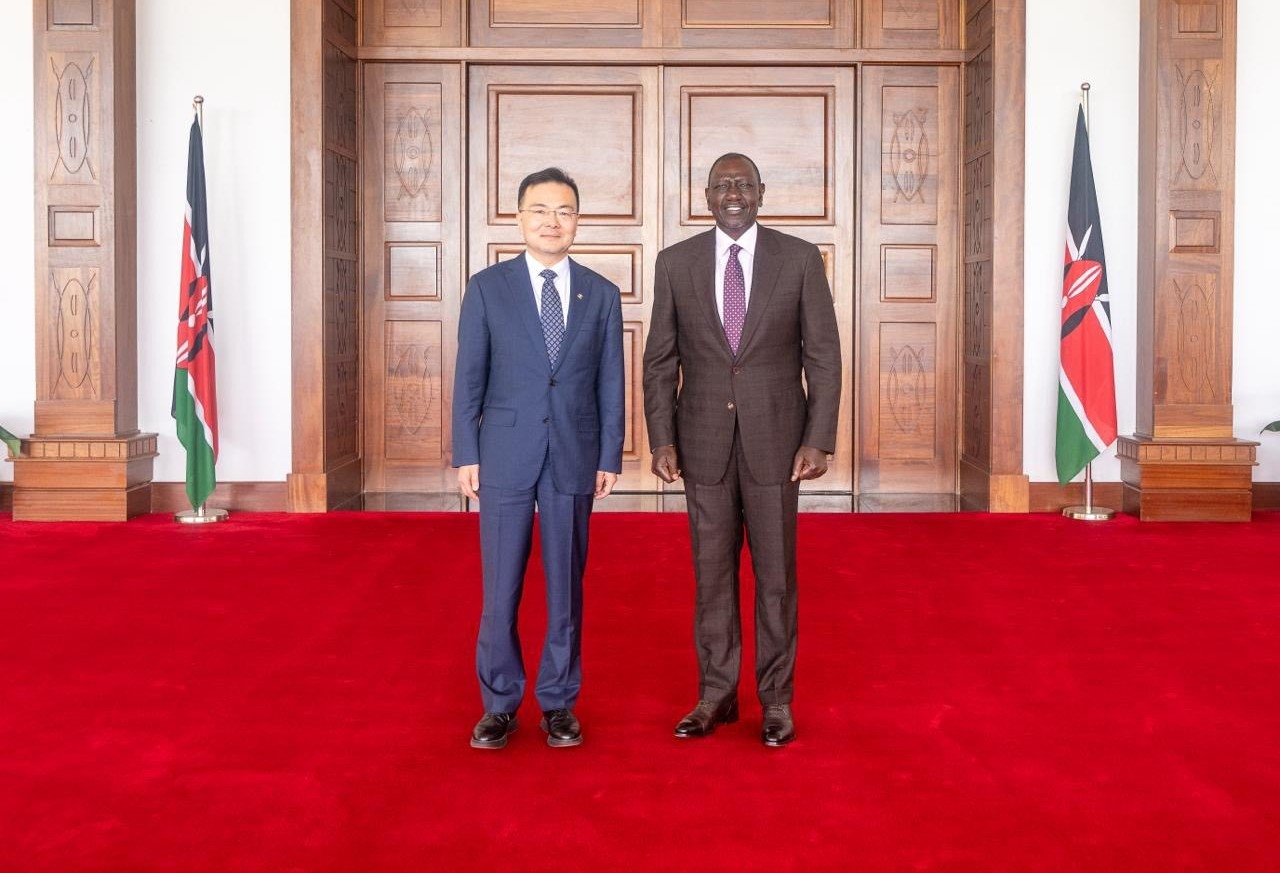

Kenya is once again staring at a deepening food insecurity
crisis—one that is neither sudden nor unpredictable, but the product of years
of fragile food systems, climate volatility, and policy inertia.
The latest Agra Foundation Food Security Monitor paints a stark
picture: by January 2026, an estimated 2.1 million Kenyans will face
acute hunger and malnutrition. That number should alarm the nation’s
leadership.
Today, 1.8 million people—mostly in the arid and semi-arid
lands—are already struggling to find enough to eat. These are not just
statistics; they are families walking longer distances for water, children going
to school on empty stomachs and mothers forced to ration meals to survive the
day. The report’s projection of rising hunger is tied to below-average short
rains, escalating food prices and resource-based conflicts—conditions that have
now become disturbingly routine.
Even where rainfall briefly improved harvests earlier in the
year, structural inefficiencies have blunted any gains. Maize prices may have
dipped in recent months, but they remain significantly higher than a year ago,
reflecting the deeper failures in market coordination and production planning.
Fertiliser costs continue to climb, further squeezing farmers who already
operate on the edge.
Kenya cannot afford to normalise hunger. Government agencies,
county administrations, humanitarian partners and the private sector must
urgently coordinate to strengthen supply chains, expand safety nets and support
climate-resilient agriculture.
*****
Quote of the Day: “When we think of the past
it’s the beautiful things we pick out. We want
to believe it was all like that.” —The Canadian
novelist, poet, literary critic and inventor Margaret
Atwood was born November 18, 1939.














